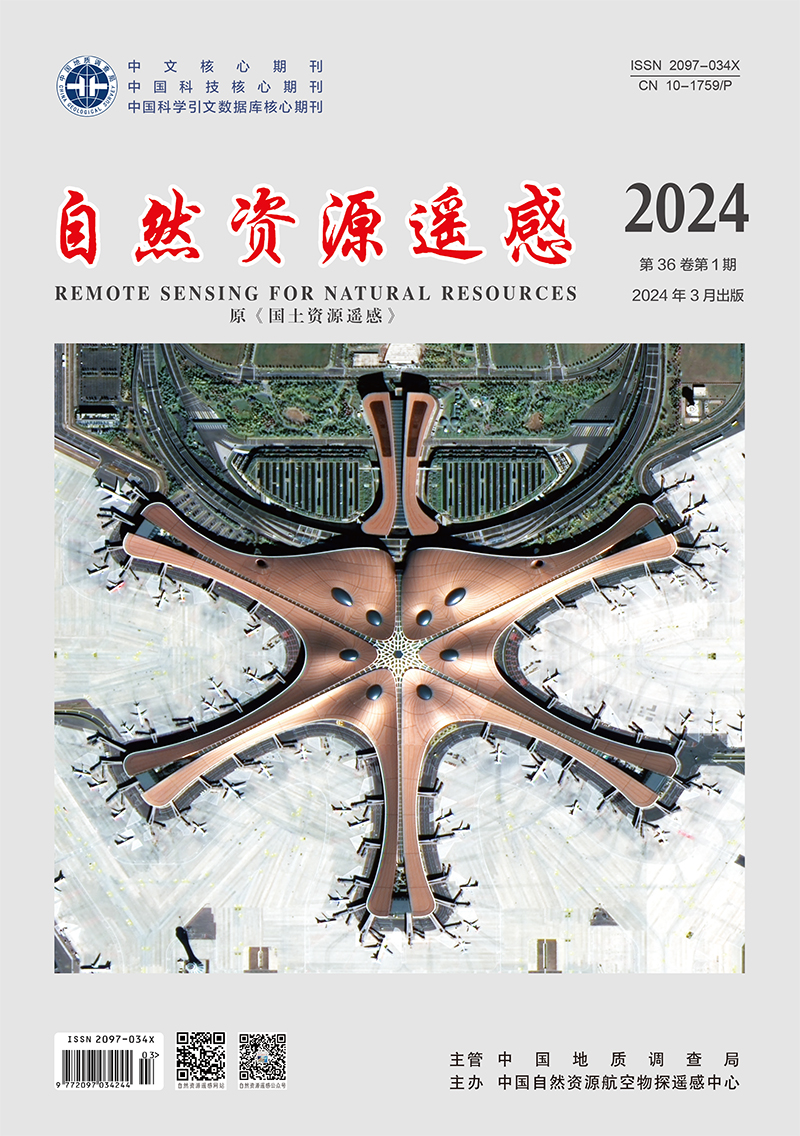YU Bing, WANG Bing, LIU Guoxiang, ZHANG Guo, HU Yunliang, HU Jinlong. 2024. Deformation monitoring and analysis of mining areas based on the DT-SDFPT combined time-series InSAR. Remote Sensing for Natural Resources, 36(1): 14-25. doi: 10.6046/zrzyyg.2022378
| Citation: |
YU Bing, WANG Bing, LIU Guoxiang, ZHANG Guo, HU Yunliang, HU Jinlong. 2024. Deformation monitoring and analysis of mining areas based on the DT-SDFPT combined time-series InSAR. Remote Sensing for Natural Resources, 36(1): 14-25. doi: 10.6046/zrzyyg.2022378
|
Deformation monitoring and analysis of mining areas based on the DT-SDFPT combined time-series InSAR
-
1. School of Civil Engineering and Geomatics, Southwest Petroleum University, Chengdu 610500, China
-
;2. Institude of Petroleum and Natural Gas Spatial Information Engineering, Southwest Petroleum University, Chengdu 610500, China
-
;3. State Key Laboratory of Information Engineering in Surveying, Mapping & Remote Sensing, Wuhan University, Wuhan 430079, China
-
;4. State Key Laboratory of Geodesy and Earth’s Dynamics, Innovation Academy for Precision Measurement Science and Technology, Chinese Academy of Sciences, Wuhan 430077, China
-
;5. Faculty of Geosciences and Environmental Engineering, Southwest Jiaotong University, Chengdu 611756, China
-
Abstract
High-intensity coal mining leads to significant surface deformation and secondary geological disasters. Synthetic aperture Radar interferometry (InSAR), exhibiting high deformation monitoring capability, fails to detect enough target pixels in the mining core and surrounding low-coherence areas. This study intends to increase the density and coverage of deformation monitoring points in mining areas by combining distributed targets (DTs) and slowly-decorrelating filtered phase targets (SDFPTs). First, DT and SDFPT candidate pixels were selected using the fast statistically homogenous pixel selection (FaSHPS) method and the amplitude dispersion index method, respectively for phase optimization and stability analysis. Then, qualified DT and SDFPT pixels were screened out to constitute a fused pixel set, which was subjected to three-dimensional phase unwrapping, phase time series recovery, and spatio-temporal filtering. Consequently, the deformation time series and the annual average deformation rate were determined based on the fused pixel set. Finally, the method proposed in this study was applied to monitor the deformation in the Buertai coal mine using 60 scenes of Sentinel-1 images covering the coal mine from April 2018 to April 2020. The results reveal a significant increase in the density and coverage of deformation points through the integration of DT and SDFPT, thus allowing for the monitoring of higher levels of maximum deformation. Within the experimental area, five deformation cones were identified, with the maximum cumulative deformation amplitude reaching -309.76 mm. The influencing range of the deformations and the difference in the deformation amplitude of the time series in different years are closely related to mining activities.
-

-
-
Access History







 DownLoad:
DownLoad: